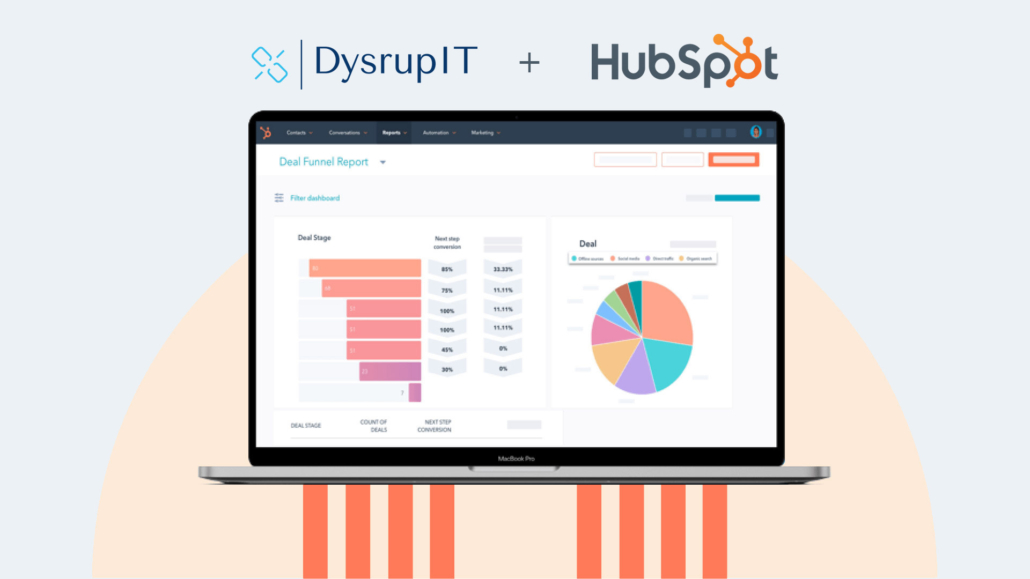Elevating Cybersecurity: Advanced Penetration Testing Strategies for MSSPs
In today’s digital age, cybersecurity is a cornerstone of business safety, making advanced penetration testing essential for Managed Security Service Providers (MSSPs). This article explores advanced penetration testing strategies for MSSPs, a key practice that ensures robust defense mechanisms against sophisticated cyber threats to protect organizations in Europe and beyond.
The Landscape of Cybersecurity for MSSPs
MSSPs face a unique set of challenges, from managing sprawling network infrastructures to adhering to stringent compliance standards. As cyber threats evolve in sophistication, the need for more comprehensive security strategies becomes imperative. Advanced penetration testing provides a proactive approach to security, identifying vulnerabilities before they can be exploited.
Advanced Penetration Testing Techniques
Advanced penetration testing strategies for MSSPs move beyond traditional methods by incorporating both manual and automated processes to uncover deeper vulnerabilities. Techniques such as ethical hacking, social engineering, and the use of cutting-edge tools like Metasploit and Wireshark are crucial. These approaches help in simulating real-world attacks more accurately, providing MSSPs with a clearer understanding of potential security breaches.
Common Challenges in Advanced Penetration Testing
MSSPs often grapple with challenges such as the complexity of client networks and the constant change in compliance regulations, such as GDPR for European organisations, as well as industry-specific compliance requirements. To effectively manage these challenges, it’s important to maintain a flexible testing framework and invest in continuous training for security teams. This ensures that testing strategies remain effective and compliant with the latest cybersecurity standards. DysrupIT’s cybersecurity experts can assist your teams in navigating these challenges and develop solutions tailored to your specific needs.

Gain a Competitive Advantage in Cybersecurity With DysrupIT’s Advanced Penetration Testing Strategies for MSSPs.
Best Practices for Penetration Testing for MSSPs
To ensure effective penetration testing, MSSPs should adhere to best practices:
- Clear Objectives: Define what you aim to achieve with each test.
- Scope Definition: Clearly outline the boundaries for testing to ensure thorough coverage without overstepping authorized boundaries.
- Tool Selection: Choose the right tools that are best suited for specific testing scenarios, ensuring they are up-to-date and well-supported.
- Continuous Learning: Stay abreast of the latest cybersecurity trends and technologies to refine testing strategies continually.
Partnering with DysrupIT
DysrupIT offers MSSPs advanced penetration testing solutions that are tailored to meet specific business needs. Partnering with DysrupIT allows access to expert knowledge, innovative strategies, and the latest tools in the cybersecurity arena. This partnership enhances an MSSP’s ability to offer superior security solutions, making them better prepared to tackle modern cyber threats, while gaining a significant competitive advantage.
DysrupIT’s advanced penetration testing services are critical for MSSPs aiming to provide top-tier security solutions to businesses across Europe and beyond, including the UK, USA, as well Australasia. By adopting sophisticated testing strategies, MSSPs can ensure a proactive defense against potential cyber threats, keeping client data safe and maintaining compliance with global security standards.
Schedule a Consult with DysrupIT, a Global Leader in Cybersecurity
Ready to elevate your cybersecurity offerings? Contact DysrupIT today to learn how our advanced penetration testing strategies for MSSPs can enhance your services. Join us in leading the charge against cyber threats and safeguarding digital assets.

With an impressive professional background in cybersecurity, Elizabeth has held key executive positions throughout Asia-Pacific and Japan. Her extensive experience has played a pivotal role in the exceptional growth and success of DysrupIT™. Her invaluable expertise has transformed the company into a thriving multi-million-dollar global enterprise.

 DysrupIT
DysrupIT DysrupIT
DysrupIT
 DysrupIT
DysrupIT DysrupIT
DysrupIT DysrupIT
DysrupIT DysrupIT
DysrupIT DysrupIT
DysrupIT
 DysrupIT
DysrupIT